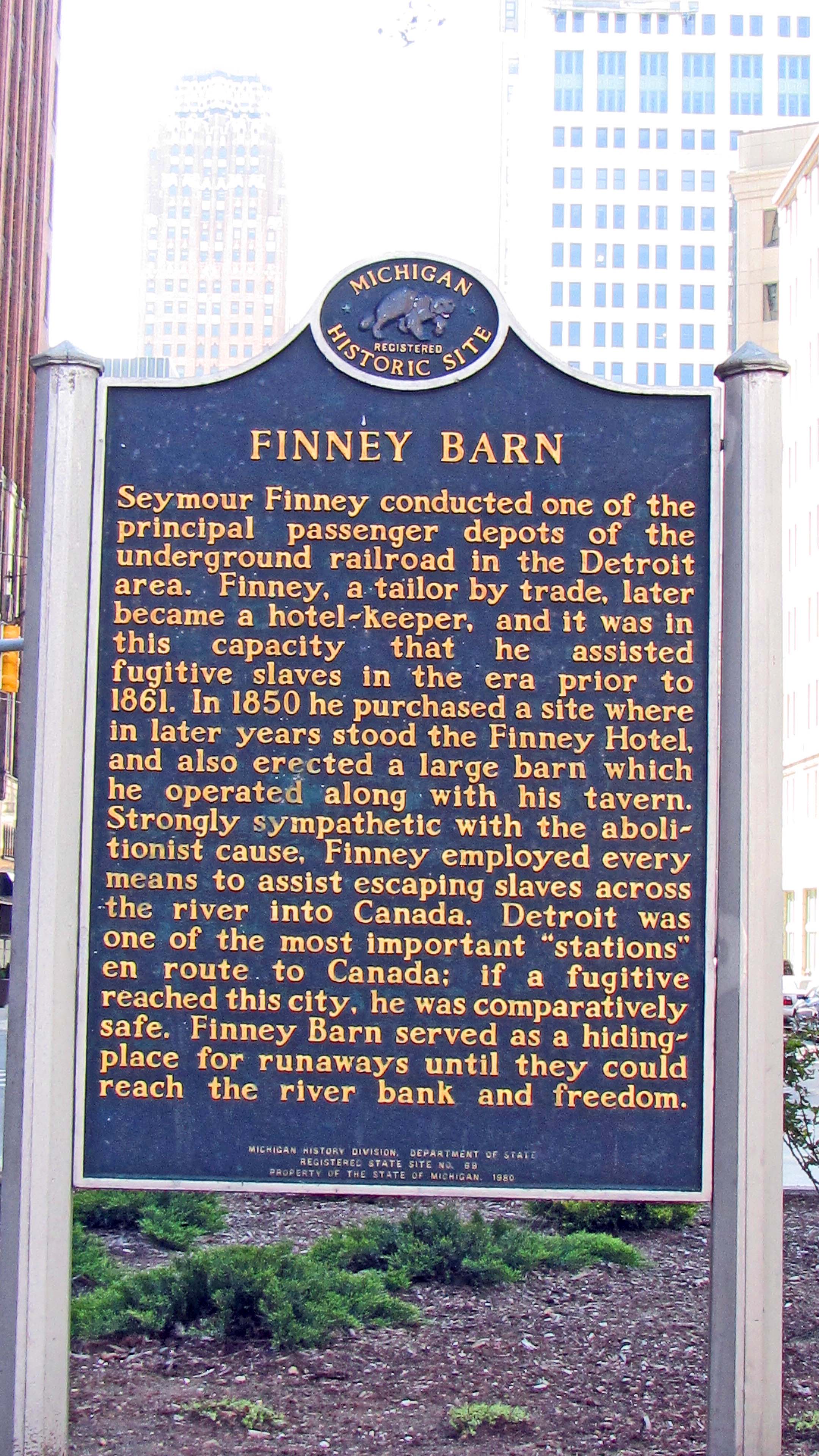

In 1787, Congress met in Philadelphia and
ratified the Constitution. At that session, they also passed the Northwest
Territories Act that established
federal control of the area that now includes Ohio, Indiana, Michigan and Wisconsin.
That Act seemed to prohibit slavery in these territories, but slaveholders
were
allowed to retain their chattel, so a small number of slaves were counted in
Michigan through Census 1820.
Slaves who escaped to Michigan or who were brought here by their master and then escaped were relatively safe. Many Michigan residents and jurists presumed that Michigan was a free state, meaning that no slavery could exist here. In 1837, England abolished slavery in their empire so any slave who escaped to Canada could not be returned to bondage. In the 1840s and 1850s, an underground railroad developed. Escaping slaves crossed the Ohio River and they followed the well-established route to Michigan where they often received help from abolitionists. Some settled in Michigan, but other crossed into Canada at Detroit or Port Huron. It was a federal offense to abet the escape of a slave, especially so after Congress enacted the Fugitive Slave Law in 1850, but few were charged with this crime in Michigan since prosecutors could seldom obtain convictions.
Seymour Finney was a tailor in Detroit. In 1850, he began to run a tavern near Capitol Park and then a hotel on the same site. Behind his hotel, he had a large barn. He was a strong abolitionist so he welcomed escaping slaves to his barn and sheltered them there until they could cross the porous border into Canada. Nearby Chatham, Ontario and its surrounding areas had a moderate African-American population in the early 21st century—the descendents of escaped slaves.
State Historical Registry: P25094, Listed: August 23, 1956
State Historical Marker: Put in place on January 23, 1980. This marker is prominently
located along Griswold in Capitol Park.
Photo: Ren Farley, April, 2012
Return to City of Detroit Historic Designations
Return to Commemorative Designations in Wayne County